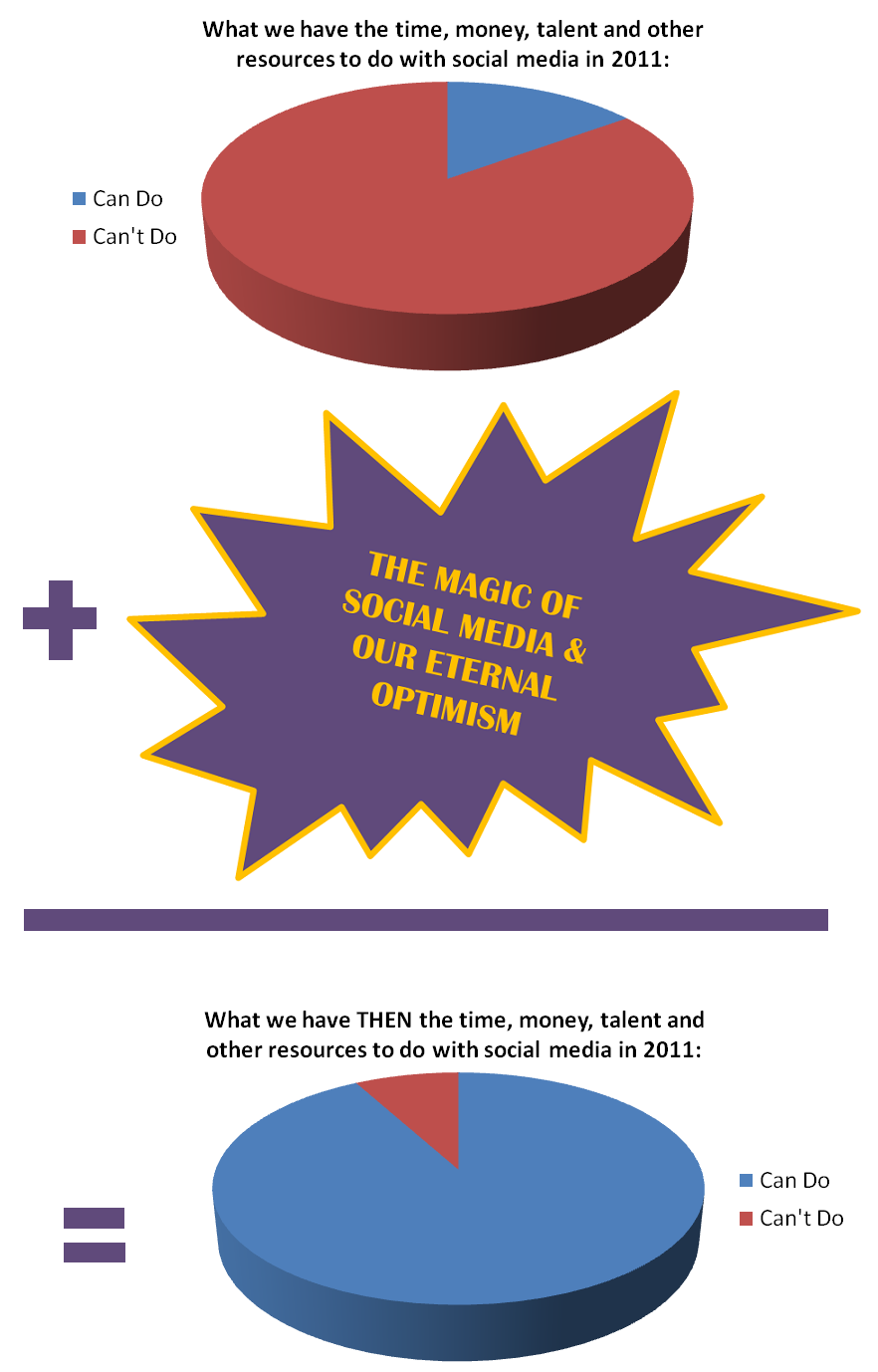
In December, Save The Children (
web /
Facebook /
Twitter /
Flickr /
YouTube) took the concept of a challenge match for giving on to a new platform for an appeal - the fast-growing
Groupon. In case you have missed the explosion of Groupon, it is a deal-a-day site based on harnessing collective buying power for a lower price. For example, Widgets, Inc. may offer to sell their 2011 Widget for $14, when it is normally $20. However, they will only offer the discount if they get 125 people to sign-up for the deal. In theory, this is a win-win... consumers get a price break on something they desire and businesses know that they will only be offering the lower price if they can make up for it in sales volume.
Back to Save The Children... STC had a group willing to fund a challenge gift and agreed to match up to $225,000 of gifts. Rather than send a typical email or mailing about the challenge or ramp up phone calls, STC partnered with Groupon to offer a "discount" on giving - You "make" a gift of $30 for only $15. In order for the deal to kick-in, 200 people had to sign up for the gift. They easily surpassed that total and secured 1,953 pledges to give.

While in many ways, you can consider this campaign a success for the exposure Save The Children received, I was curious whether or not STC considered this a success. Particularly when you consider fulfillment. If 100% of the pledges were fulfilled, which is obviously unlikely, only $29,295 of the potential $225,000 (13%) would be secured. So with my curiosity piqued, I reached out to STC with a few brief interview questions. I am very grateful to Brian Beirne, STC's senior director for internet marketing and communications for taking the time to respond and discuss the Groupon campaign. Here are my questions to STC with Brian's response below:
1) When & how did the idea for partnering with Groupon come along?
2) How did you market the opportunity?
3) Will you continue to use Groupon going forward for donor challenge gifts?
4) Are there any changes you would make if you could redo the campaign?
5) What are your plans to keep the Groupon donors and increase their giving in the future?
We are constantly exploring new ways to get our message out and reach new donors. Noting the considerable press coverage Groupon received during the late Summer of 2010, we first reached out to them in October of last year about a possible partnership. Fortunately for us and for children around the world, Groupon is a very philanthropic organization, founded in fact originally to fund charitable projects as a site called The Point.
In order to offer the discount to Groupon customers, we secured a matching offer from a small group of anonymous donors who agreed to match every dollar raised through the Groupon deal with another dollar. This enabled us to offer a $30 donation for only $15. We communicated the Groupon deal primarily through our social channels, posting it on our Facebook page and Tweeting updates throughout the course of the promotion.
Groupon customers who participated in this promotion have until March 31, 2011 to register their Groupon with Save the Children and opt in to receive future communications from us. Upon registration, a personalized thank you email is sent to the donor. To date, around 30% of participants have registered, and 90% of those are new donors. The deal was only made available to Groupon’s subscribers based in the US. A full analysis will be performed once the registration period ends, but we are very pleased with the early indicators.
There are several options we are considering for future promotions to try and build on this success, including a choice of price points and funding for specific projects and programs – we want to be able to offer the donor as much choice and flexibility as possible. Groupon has a very active and engaged user base, which skews younger than our average donor profile. To be able to engage this group in a fun, innovative way, and to give them the opportunity to help create positive change for children in need in the US and around the world, is a win-win for all involved.
-------------------------------------
UPDATE: One thing I forgot to mention - Kudos to STC for trying such a unique approach to fundraising!


























